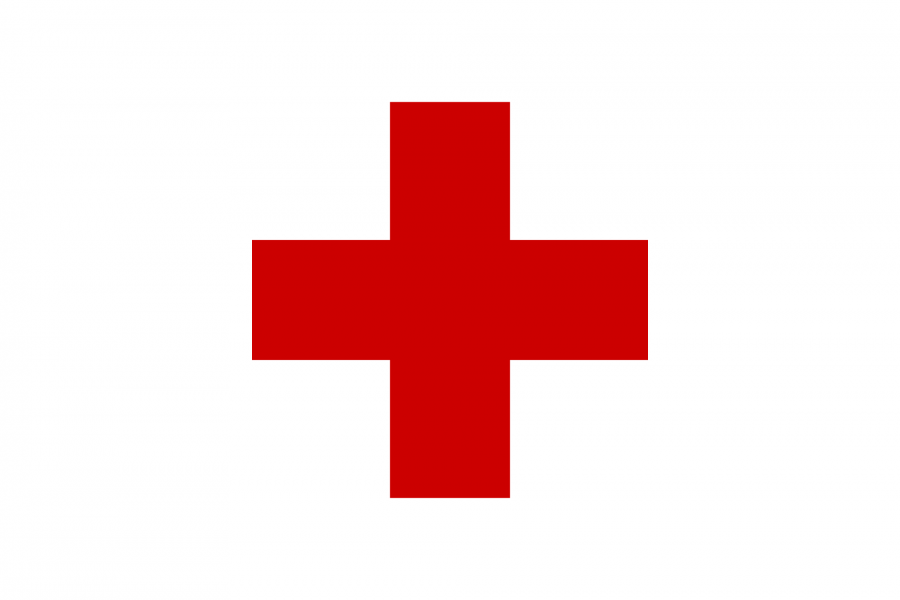Millikin Blood Drive Success
The American Red Cross began in 1881, and has since become a national program that provides more than 40 percent of the blood needed for transfusions and other medical needs. The American Red Cross tries to alleviate all human suffering, and relies on the time and donations of volunteers to be effective.
Millikin University has hosted two blood drives every year for the last six years, one in the fall and one in the spring. They are organized to give a donor the allotted eight weeks so they can easily donate at both. Students are able to sign up to donate blood by emailing the coordinator, signing up at table in RTUC the week before, or by simply walking in during the drive.
The blood drives at Millikin are planned by Olivia Waszczuk, an active brother in Alpha Phi Omega, the national service fraternity. The blood drives fall under the fraternity’s message of service to the country, one fraternity’s four C’s of service- Chapter, Campus, Community and Country.
“I took over the blood drive from Hannah Shull, an alumni now, during the 2014 school year. I really like what the Red Cross does, and they provide a lot of help to people all over the country,” Waszczuk said.
There have been other blood drives done at Millikin that Waszczuk is aware of, sometimes even ones that conflict with her dates. She says that she tries to work with the other organization to clear things up, and that she is always interested in collaborating with other groups. Although there are also other organizations that run blood drives, Waszczuk has most enjoyed working with The American Red Cross, and strongly believes in their mission to help all people, regardless of where they be.
There is a lot of team work that goes into planning and setting up a blood drive. Donors have to be contacted, equipment needs to be set up, and at least one fraternity brother needs to be there at all times to assist. With all this work Waszczuk is usually too busy to donate, but she still tries to donate several times a year in her hometown.
This year the blood drive exceeded in goal, in part thanks to the five double red donations, which the Red Cross counts as donating twice because of the high need for it. A double red donation returns the plasma and plates to the donor, but allows for two units of red blood cells to be donated.
The most common question asked about the blood drive is how long it takes to go through the process. Waszczuk said patience is appreciated, on hours that are full of signups, it might take longer for walk-ins to be taken to one of the booths for some questioning about any health problems, and to test iron. On average though, a donation usually takes one hour from the time you sign in and are given a name tag and reading materials.
“Not having enough iron in their blood is the problem we see most. It’s pretty easy to fix if you know ahead of time that you’re going to be donating. Eating red meat, or leafy greens like spinach is an easy way to raise your iron, so you can be sure you’ll be able to donate,” Waszczuk said.
If you’re interested in donating for the first time, or in continuing your quest for that gallon pin, the Alpha Phi Omega blood drives make it easy, convenient, and provide a lot of help for the people that need it. Keep your eyes open for the posters and emails that will announce the next drive in the spring semester.

